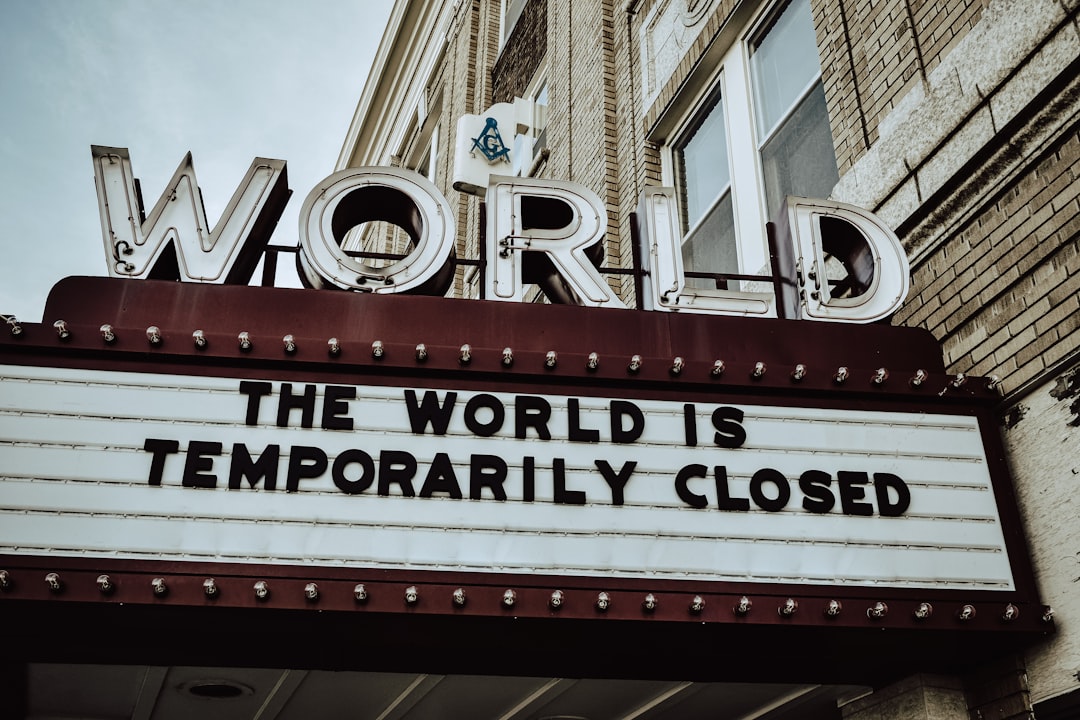
Navigating the Road to Economic Recovery Post-Pandemic
### Introduction. The global pandemic brought unprecedented economic disruption, affecting businesses, governments, and individuals in ways previously thought unimaginable. As the world slowly begins to recover, the strategies for economic renewal must adapt to new realities. This blog post explores the multi-faceted approach necessary for economic recovery in the post-pandemic world, examining key sectors affected, emerging trends, and policies essential for sustainable growth. ### Understanding the Impact of the Pandemic on Economies. The COVID-19 pandemic triggered a surge in unemployment rates and business closures globally. Industries heavily reliant on physical presence, such as tourism and hospitality, were among the hardest hit. With travel restrictions in place, cities that thrive on tourism saw significant economic downturns. Additionally, supply chain disruptions led to product shortages, forcing many companies to rethink their procurement strategies. Understanding these impacts is vital for policymakers as they devise recovery strategies that are responsive and effective. ### Government Stimulus and Support Measures. Governments worldwide responded with various stimulus packages aimed at cushioning the blow. In many countries, these measures included direct payments to individuals, loans for businesses, and increased funding for healthcare systems. For example, the United States implemented the CARES Act, which provided extensive financial assistance and unemployment benefits. Reviewing these support measures can reveal which strategies were most effective in maintaining economic continuity and which sectors benefited most, providing valuable lessons for future responses to crises. ### Shifts in Consumer Behavior. One lasting effect of the pandemic has been a significant shift in consumer behavior. With lockdowns and social distancing norms, e-commerce saw tremendous growth, catalyzing a shift towards online shopping and digital services. Consumers became more conscious of their spending, favoring local businesses and sustainable products out of necessity and newfound values. The ongoing evolution of consumer habits will require businesses to adopt more flexible and innovative approaches to meet changing demands, capturing growth opportunities in the post-pandemic landscape. ### The Role of Technology in Recovery. Technology has emerged as a crucial ally during the recovery phase. Many businesses have embraced digital transformation, with automation and remote working becoming standard practices. Investing in technology not only helps companies cut costs but also improves efficiency and scalability. Moreover, industries such as healthcare accelerated their adoption of telemedicine, making healthcare services more accessible. A focus on innovation and technology can thus be pivotal in ensuring robust economic recovery. ### Sector-Specific Recovery Strategies. Different sectors require tailored recovery strategies. For the travel and hospitality industry, safety protocols and marketing campaigns emphasizing health measures can help restore consumer confidence. In contrast, the manufacturing sector may need to invest in resilient supply chains and sustainable practices to mitigate future disruptions. Policymakers must engage with industry leaders to devise strategies that cater to the unique challenges of each sector, fostering collaboration between public and private stakeholders. ### International Cooperation for Sustainable Growth. The interconnectedness of the global economy means that international cooperation is essential for effective recovery. Countries must work together to facilitate trade, share vaccines, and support global supply chains. Multilateral organizations like the World Health Organization and the International Monetary Fund can play pivotal roles in ensuring equitable access to resources and providing guidance for economic policy. By fostering global partnerships, nations can create a more resilient economic framework. ### Conclusion. As we navigate the choppy waters of post-pandemic recovery, it is evident that a multi-pronged approach is essential. From government support measures and shifts in consumer behavior to technological advancements and international cooperation, each element plays a crucial role in shaping a sustainable economic future. The lessons learned from this crisis can inform strategies aimed at achieving not just recovery, but a more equitable and resilient global economy. By being proactive and responsive, we can pave the way for a thriving post-pandemic world that is prepared for future challenges. .









